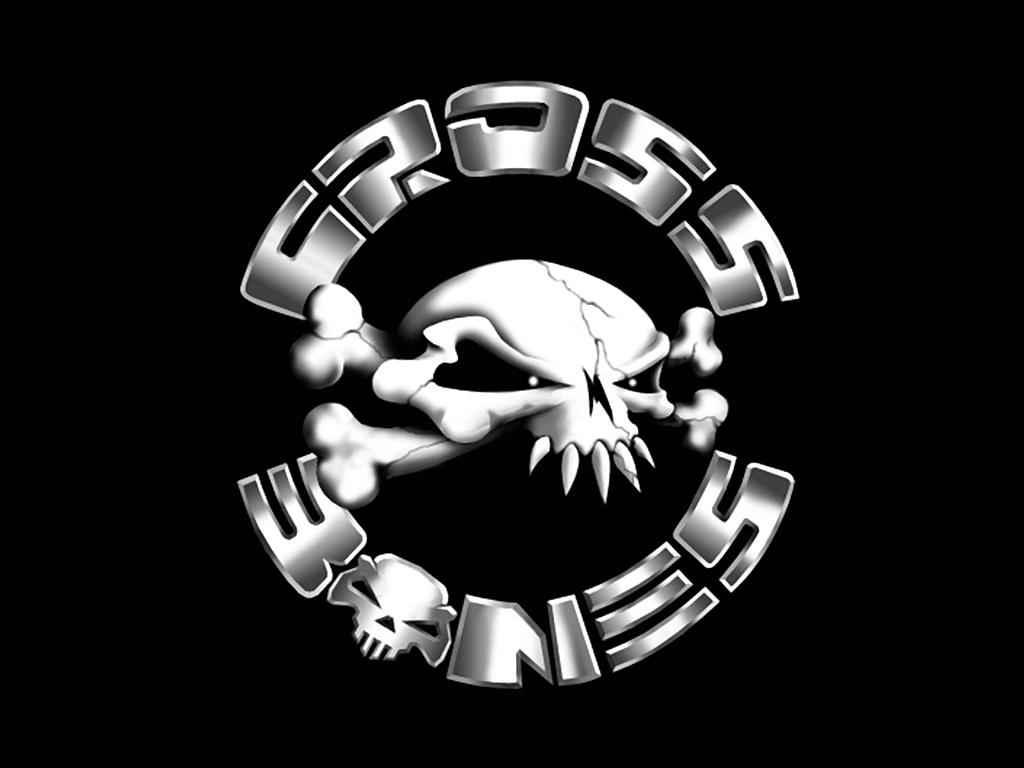The Antenna and coax should be the simplest part of your radio set up. All it consist of is a piece of wire running
to a small steel rod. Right? Well, yes and no. The antenna system is just as important as your radio itself. When you get
right down to it, there is nothing simple about it. There is no "perfect" antenna. If there was, everyone would have one.
I know people that will have nothing but a steel whip. Steel whips are fine antennas. Sometimes 102" whip will cause a problem
mounted to a big Peterbuilt. There are also better options when running 1kw+ in a mobile. To sum it up, there are hundreds
of antennas for many different needs. I am not going to get into all the technical stuff like angle of radiation, resonance,
inductance, etc., etc.,. I will leave that up to the pros that can type faster and that have a dictionary handy. The 11 meter
wavelength equals 36 feet. That is the distance the wavelength requires to complete one cycle. So, a half wavelength will
equal 18 feet. As I stated above, not everyone can use a long antenna. In theory, loading coils are designed to shorten the
overall length of the antenna without compromising efficiency. Although coils do have some drawbacks, they have their advantages
too.
The base loaded coils are the most common designs used. The lower center of gravity gives this type of antenna better
stability. Magnet and trunk (lip) mounts are often used. Many of the antennas are of this design because they are fairly inexpensive
and simple to manufacturer. I am not saying all base loaded coils are cheap. There are a lot of base coil designs that are
particularly outstanding, such as the Wilson and K-40 to name a few. Just keep in mind, The longer the whip is, the better
the performance.
The center loaded coils have an advantage over the base loads. In most cases, they can also be used with a strong
magnet mount. Due to increased wind resistance, a quality stud mount usually works best. The type with a larger coil diameter
and longer stinger will out perform most of the other models.
As with the other coil designs, the top load has advantages and disadvantages. Most of these antennas are built using
a larger mast. That means more surface area to transmit and receive from. That also means they are heavier, and creates more
wind resistance. In my opinion, A good quality top load will do a great job.
Another type of antenna is a whip with a thin wire wrapped around a fiberglass shaft. This antenna is rugged and
has it's place like all others such as off roading and truckers. They are very limited in performance due to the small diameter
wire.
The most important thing to remember is "size does matter". A taller antenna will outperform a shorter antenna. A
large diameter coil will outperform a smaller diameter coil. A large diameter mast will outperform a smaller diameter mast.
The reason being the surface area the antenna has to receive and transmit its signal. Everything else is personal preference.
When using power, smaller antennas tend to heat up (energy loss through heat) quicker than a larger antenna. Aluminum will
disperse heat faster than steel. It is also lighter. Steel is stronger than aluminum. Copper has the least resistance to aluminum
and steel but it is soft and oxidizes fast. Like I said, SIZE DOES MATTER.
Some antennas incorporate different designs into one antenna. Some antennas, like my own, have two or more coils
at various points on the shaft. The loading coils can be made from different materials such as copper, steel, or aluminum.
They can consist of wire, rod, tubing, or flat bar. All antennas have one thing in common. They transmit and receive signal.
Some do a better job than others. Some are also more feasible than others. But I guess they all have their place.
